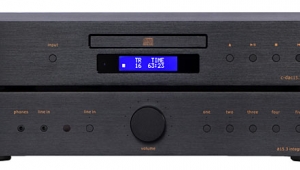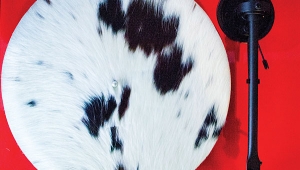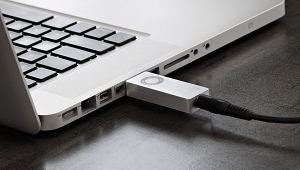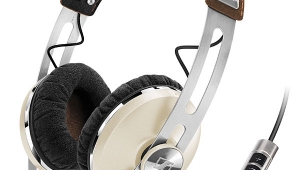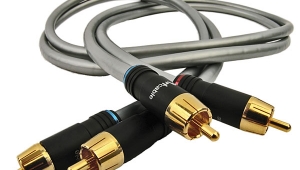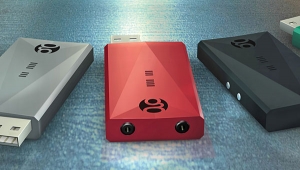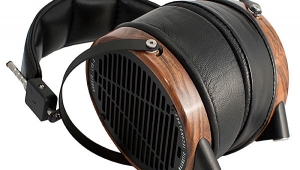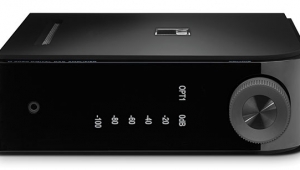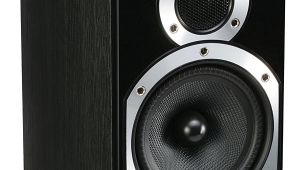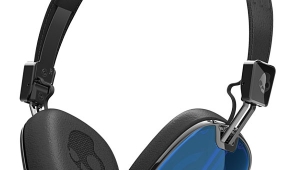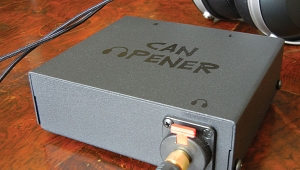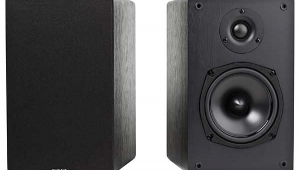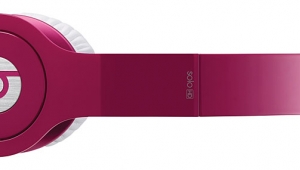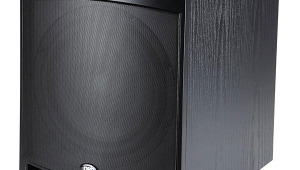| Columns Retired Columns & Blogs |
I couldn't agree with you more that more people should be welcomed to the audio hobby
Great music and the spirit of companionship and community it brings is something that should be experienced by everyone.... and hey, its good for the economy right?
On a side note, how would you compare the NAD C 316BEE with the Marantz PM5003 (or its successor the PM5004) that was reviewed by Robert Reina.
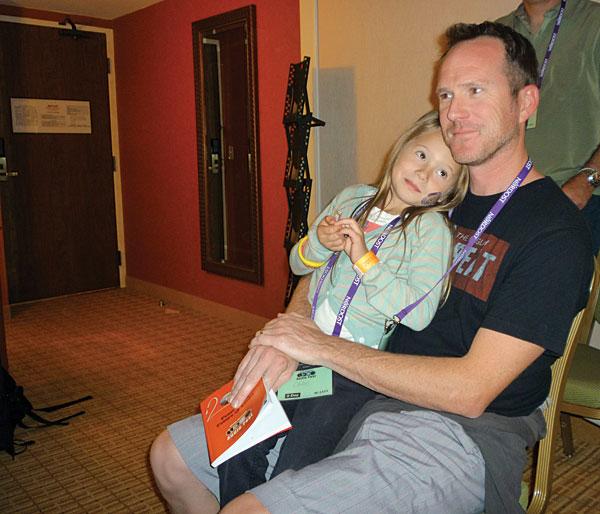

 For the evaluations, I thought it would be productive to use a track with huge dynamic range, tons of texture, and lots of quick percussive elements. And it would have to be seriously fun, because listening to an AC cord was obviously going to be boring. I settled on "Dropped from the Sky," from Amon Tobin's wonderful and whimsical ISAM (CD, Ninja Tune ZEN CD 168). I performed these tests by listening to the track twice through the Emotiva's stock AC cord, then once through the AudioQuest NRG-X3, then again through the stock cord. I plugged each cord first into a Furutech e-TP60 power conditioner, then directly into a Furutech GTX wall receptacle. The results were similar, but the differences between the cords were perhaps a bit more noticeable when they were plugged into the wall. I used an
For the evaluations, I thought it would be productive to use a track with huge dynamic range, tons of texture, and lots of quick percussive elements. And it would have to be seriously fun, because listening to an AC cord was obviously going to be boring. I settled on "Dropped from the Sky," from Amon Tobin's wonderful and whimsical ISAM (CD, Ninja Tune ZEN CD 168). I performed these tests by listening to the track twice through the Emotiva's stock AC cord, then once through the AudioQuest NRG-X3, then again through the stock cord. I plugged each cord first into a Furutech e-TP60 power conditioner, then directly into a Furutech GTX wall receptacle. The results were similar, but the differences between the cords were perhaps a bit more noticeable when they were plugged into the wall. I used an 

